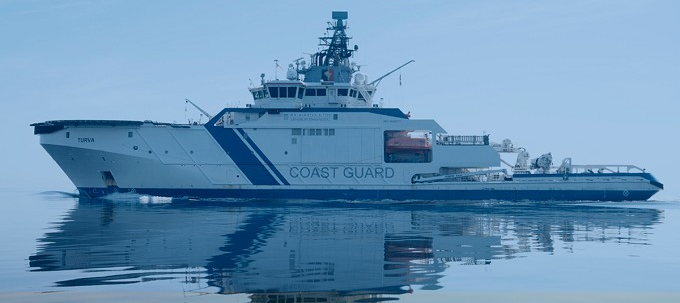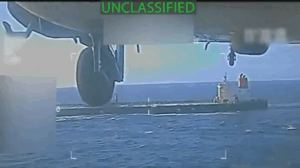The Baltic Sea region is on high alert due to recent cable disruptions and increased NATO presence. Russia criticized on Tuesday Finland’s naval exercises by calling them a tool for NATO escalation. The drills come amid Finnish allegations of Russian military aircraft intruding into their airspace, intensifying regional tensions.
“The participation of ships and troops from Germany, Sweden and Estonia in the Finnish Navy drills held from May 21 to 28 clearly shows NATO’s intent to boost its strike capability on the northeastern flank,” Russian foreign ministry spokeswoman Maria Zakharova said on X.
Maria Zakharova has accused NATO of aggressive actions and said that NATO countries are trying to control shipping in the Baltic Sea.
Zakharova highlighted that Russia is closely monitoring events in the Baltic Sea and will react if the actions of NATO vessels pose risks.
These developments have unfolded in the escalating climate since Russia’s invasion of Ukraine in 2022, prompting NATO to ramp up its military presence, including deploying frigates, aircraft, and naval drones to ensure regional security.
The recent incident over a suspected violation of Finland’s airspace by two Russian military aircraft near the coast of Porvoo on the afternoon of May 23, has prompted an investigation by the Finnish Border Guard, emphasizing Finland’s serious stance on territorial integrity.
This development occurs amidst heightened tensions in the Baltic Sea region. From Finland’s perspective, participating in NATO’s exercises is essential.
The Finnish Navy is currently conducting the main exercise of the spring in Finland’s sea areas. In addition to Finland, Sweden, Germany and Estonia are participating in the exercise. The exercise will be held in the Archipelago Sea, the Gulf of Finland and the southern coast of Finland.
Meanwhile, Finland will contribute in 2026 to NATO’s collective peacetime activities by deploying two navy vessels in NATO’s maritime area of responsibility, primarily in the Baltic Sea, the North Sea and the North Atlantic.
“Our participation in NATO’s peacetime activities signals the unity of the Alliance and shows its readiness and defence capability. It also demonstrates that we bear our responsibility for the security of our neighbouring areas and that we are committed to increasing stability in the Baltic Sea. The security situation in the region is emphasised as a result of Russia stepping up its hybrid activities,” says Finnish Minister of Defence Antti Häkkänen.
The Finnish Defence Forces plans to contribute to NATO’s peacetime activities in 2026 by deploying one Hamina class vessel to the Standing NATO Maritime Group One and one Katanpää class vessel to the Standing NATO Mine Countermeasures Group One.
Earlier this month, both NATO and Russia scrambled warplanes in a dramatic ‘dogfight’ above the Baltic after a major standoff over a crude oil tanker.
Estonian foreign minister Margus Tsahkna said the incident, when a fighter jet of the Russian Federation violated Estonian airspace to protect a ‘shadow’ fleet tanker, is a real example of the serious threat Russia poses to NATO as a whole.
The ship is suspected of being used by Moscow as part of its ‘shadow fleet’ to avoid international sanctions. The tanker reportedly was sanctioned by the United Kingdom.
A Russian Su-35 fighter jet entered the Estonian airspace near Juminda on May 13, Estonian defence forces have confirmed.
The jet had no flight plan, its transponder was off, and it ignored radio contact attempts.
F 16s from NATO Baltic Air Policing launched from Ämari to identify the jet. Tsahkna said the navy stopped the ship, because it was flying no flag and apparently had no insurance. The Russian fighter jet appeared on the scene while the ship was stopped.
Asked about the matter at her news briefing, foreign ministry spokeswoman Maria Zakharova said, “NATO allies are trying to impose their rules on other countries, hoping in vain that this would allow them to control traffic in the Baltic Sea, especially the vessels that are being used in the interests of Russia, as they say.”
💬 #Zakharova: The participation of ships & troops from Germany, Sweden and Estonia in the Finnish Navy drills held from May 21 to 28 clearly shows @NATO’s intent to boost its strike capability on the northeastern flank. pic.twitter.com/w2tw0RBntc
— MFA Russia 🇷🇺 (@mfa_russia) May 27, 2025



